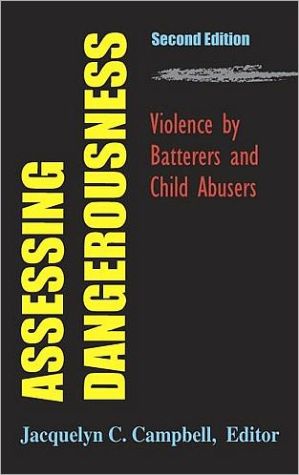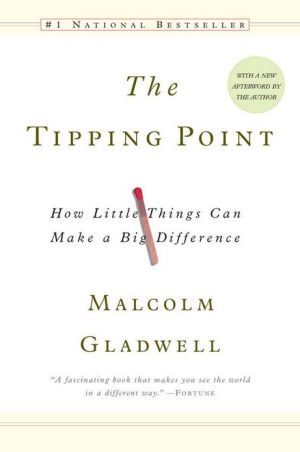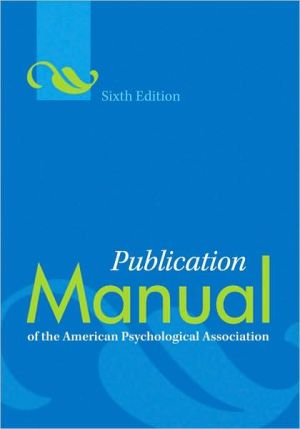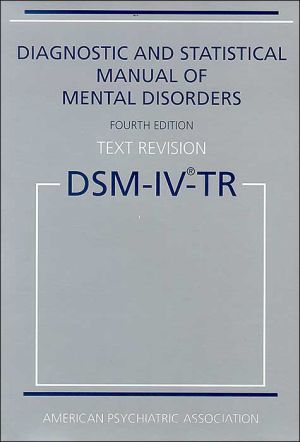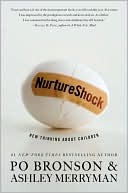Assessing Dangerousness: Violence by Batterers and Child Abusers
"\ This updated edition of the classic book on risk assessment presents the latest research regarding the prediction of interpersonal violence. In clear and accessible language, the authors address the specific variables involved in the prediction of child abuse and homicide, as well as intimate partner violence and homicide. This edition also presents an important revision of Campbell's ground-breaking intimate partner homicide lethality risk instrument, the Danger Assessment.\ All of the...
Search in google:
This updated edition of the classic book on risk assessment presents the latest research regarding the prediction of interpersonal violence. In clear and accessible language, the authors address the specific variables involved in the prediction of child abuse and homicide, as well as intimate partner violence and homicide. This edition also presents an important revision of Campbell's ground-breaking intimate partner homicide lethality risk instrument, the Danger Assessment.All of the contributors to this multidisciplinary volume have faced the difficult task of assessing the risk of family violence in a wide variety of settings--courts, clinics, shelters, emergency rooms, protective service offices, schools, batterer intervention programs, violence prevention programs, and more. Their combined experience in research and practice makes this an indispensable resource for all clinicians required to make predictions about violent behavior.Key features of this new edition include:Coverage of a wide breadth of clinical and court situations requiring threat assessmentsA review of the latest assessment instrumentsNew findings on predicting fatal child abuseLegal and ethical issues in risk assessment Doody Review Services Reviewer:Gary B Kaniuk, Psy.D.(Cermak Health Services)Description:This book presents research on the prediction of interpersonal violence, specifically the danger presented by batterers and child abusers. The first edition was published about 20 years ago.Purpose:According to the editor, the book offers "a summary of the research in this area, as well as the instruments that may be helpful and the criteria by which to judge them. To this, you will add your own clinical expertise.Audience:The book is intended for "all clinicians required to make predictions about violent behavior." The editor has published extensively in the area of intimate partner violence and the contributors have impressive credentials and they represent the U.S., Canada, and New Zealand.Features:Two introductory chapters cover prediction models, predictive factors, and statistical prediction strategies. The book then covers three types of interpersonal violence: child abuse, battered women, and femicide-suicide. It also discusses various predictive instruments as well. A short table of contents at the beginning of each chapter makes it easy for readers to go directly to the desired topic. The last chapter describes an interesting study of partner femicide-suicide risk across 11 cities in the United States. The book is readable and uses helpful tables and figures while presenting the salient issues in the field of assessing partner violence. However, the chapters are somewhat short and lack clinical vignettes to elucidate the material.Assessment:This book will be invaluable for clinicians who are new to the field of assessing dangerousness. It does a good job of describing some of the most common types of interpersonal violence situations and risk assessment instruments, as well as presenting research findings. Because of the many new research findings since the first edition was published 20 years ago, this second edition is necessary.
ContributorsPrefacePrediction of Interpersonal Violence: An Introduction, Daniel J. Sheridan, Nancy Glass, Barbara J. Limandri, and Christine A. Poulos Prediction Issues for Practitioners, Joel S. Milner and Jacquelyn C. Campbell Child Physical Abuse Assessment: Perpetrator Evaluation, Joel S. Milner Evaluating Risk Factors for Fatal Child Abuse, Scott D. Krugman and Richard D. Krugman Prediction of Homicide of and by Battered Women, Jacquelyn C. Campbell Assessing Risk of Intimate Partner Violence, N. Zoe Hilton and Grant T. Harris Risk Factors for Femicide-Suicide in Abusive Relationships: Results From a Multisite Case Control Study, Jane Koziol-McLain, Daniel Webster, Judith McFarlane, Carolyn Rebecca Block, Yvonne Ulrich, Nancy Glass, and Jacquelyn C. CampbellAuthor IndexIndex
\ Reviewer: Gary B Kaniuk, Psy.D.(Cermak Health Services)\ Description: This book presents research on the prediction of interpersonal violence, specifically the danger presented by batterers and child abusers. The first edition was published about 20 years ago.\ Purpose: According to the editor, the book offers "a summary of the research in this area, as well as the instruments that may be helpful and the criteria by which to judge them. To this, you will add your own clinical expertise."\ Audience: The book is intended for "all clinicians required to make predictions about violent behavior." The editor has published extensively in the area of intimate partner violence and the contributors have impressive credentials and they represent the U.S., Canada, and New Zealand.\ Features: Two introductory chapters cover prediction models, predictive factors, and statistical prediction strategies. The book then covers three types of interpersonal violence: child abuse, battered women, and femicide-suicide. It also discusses various predictive instruments as well. A short table of contents at the beginning of each chapter makes it easy for readers to go directly to the desired topic. The last chapter describes an interesting study of partner femicide-suicide risk across 11 cities in the United States. The book is readable and uses helpful tables and figures while presenting the salient issues in the field of assessing partner violence. However, the chapters are somewhat short and lack clinical vignettes to elucidate the material.\ Assessment: This book will be invaluable for clinicians who are new to the field of assessing dangerousness. It does a good job of describing some of the most common types of interpersonal violence situations and risk assessment instruments, as well as presenting research findings. Because of the many new research findings since the first edition was published 20 years ago, this second edition is necessary.\ \
